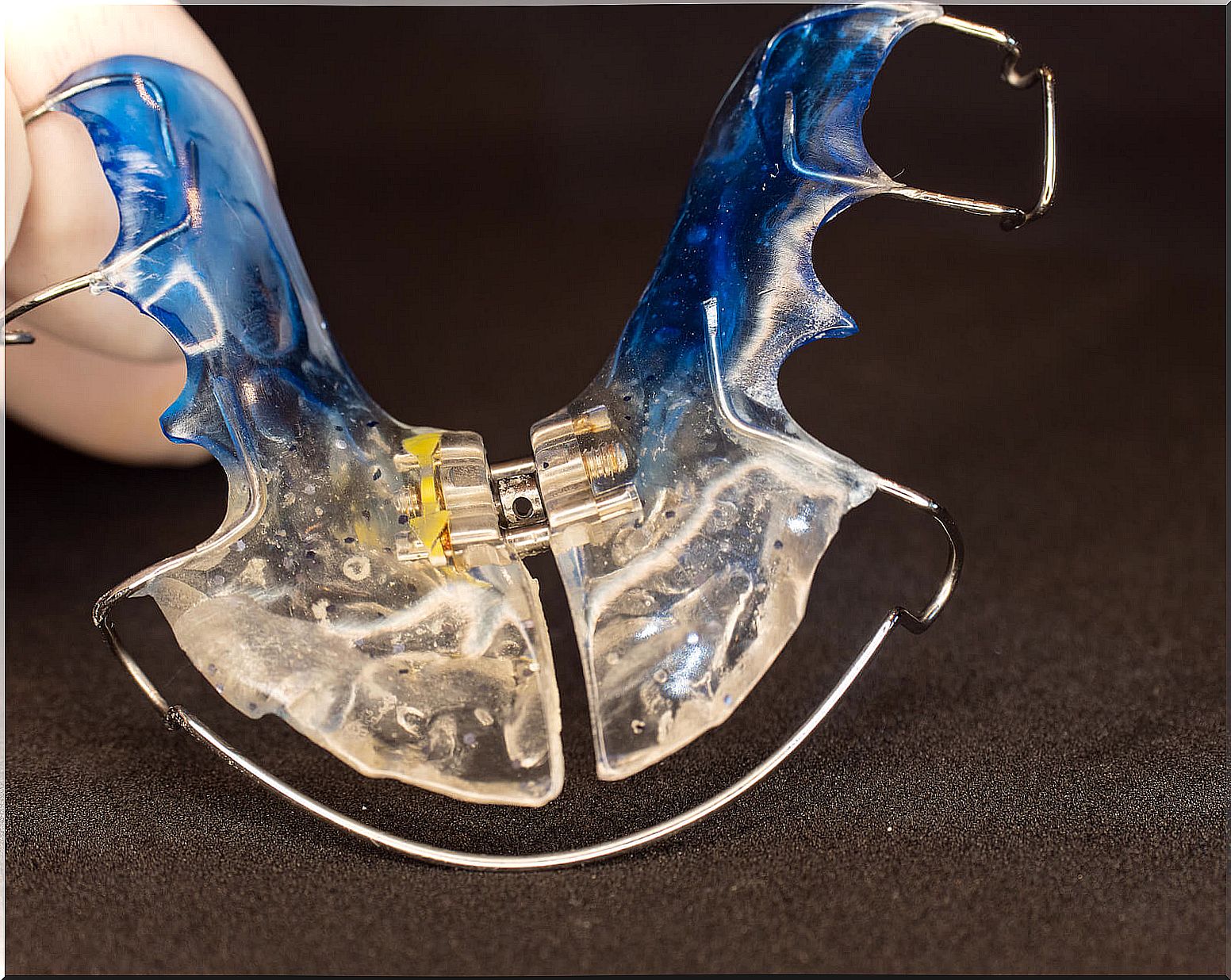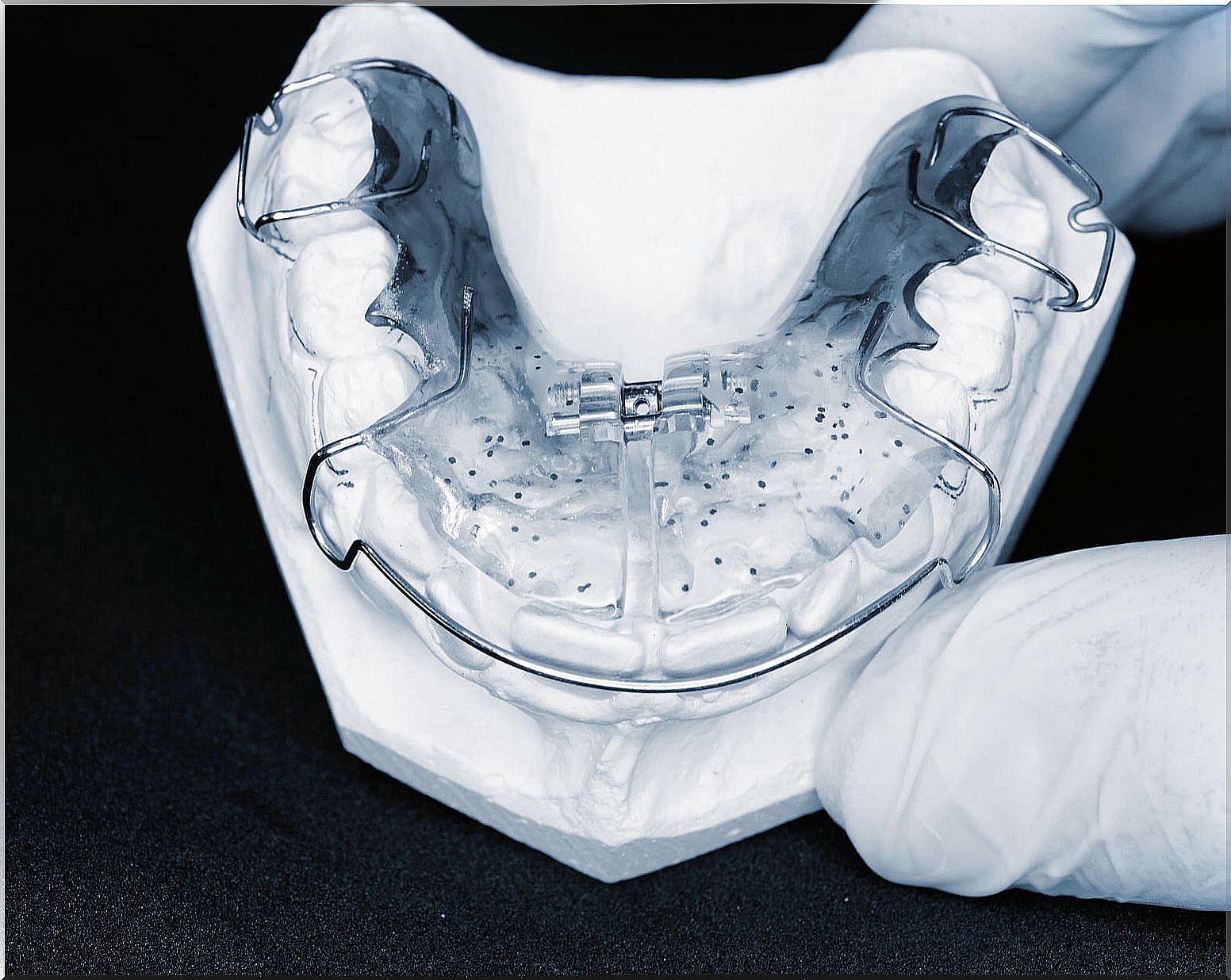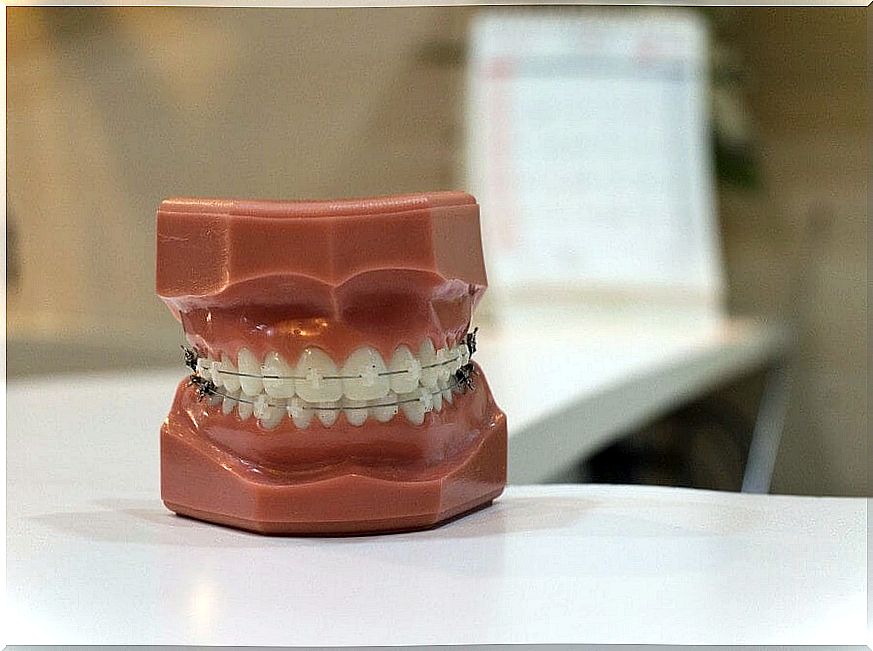Interceptive Orthodontics: What Is It And What Are Its Benefits For Children?

Interceptive orthodontics is an appliance treatment used to correct occlusion problems at an early age, when the bone is still growing. By solving bite problems during childhood, the health, function and aesthetics of the mouth and facial appearance of children are improved.
In addition, it will avoid more pronounced anomalies and the need for invasive and complicated treatments to correct them in adulthood. In the following lines we tell you what this system consists of, at what age it is used and what its benefits are.
What is interceptive orthodontics?
Interceptive orthodontics is a type of appliance treatment used during childhood. It receives this name because it intercepts the abnormal growth of the bone, guiding the development of the maxillofacial structure in a correct way.
It allows to prevent future occlusion problems, since it is intended to control the position and size of the jaws while they are developing. The usefulness of this system is to avoid the complex and expensive treatments needed to correct occlusion abnormalities when bone growth is complete.

At what age is interceptive orthodontics used?
As we already mentioned, interceptive orthodontics is used during childhood, which is the time when the bone is still growing and is “moldable”. In general, it is placed between 6 and 11 years of age, but it can start earlier if the clinical case warrants it.
It is done during the mixed dentition period, which is the time when the child has primary and permanent teeth in the mouth. Some orthodontists prefer to start when the child already has erupted upper and lower permanent incisors, but, as we have already said, some clinical cases warrant starting earlier.
How long do these treatments last?
The duration of interceptive orthodontic treatment varies depending on the clinical case. They usually last from 6 to 18 months, but sometimes longer may be necessary.
One aspect that must be considered regarding the treatment time is the importance of intensive and continuous use of the appliances, especially those that are removable and can be removed by the patient. The more hours of the day the appliance is used, the more efficient it will be. If, on the contrary, the patient does not use it for the hours indicated by the orthodontist, all the therapy will be delayed.
When the orthodontist makes the diagnosis of an occlusal pathology and decides to treat it with interceptive orthodontics, there are two stages of treatment. The first phase is immediate to the diagnosis and is carried out when the child has most of the pieces of milk in his mouth.
This first moment seeks to achieve a correct chewing, correct dysfunctional habits and intercept the abnormal growth of the bone. Also guide bone structures to develop properly, allowing tooth eruption in the correct position.
The second phase occurs when the child has already grown up and, after having completed his treatment with interceptive orthodontics, it is necessary to resort to corrective orthodontics to complement and complete the treatment. It does not happen in all clinical cases, but sometimes braces are necessary to improve functionality, straighten teeth, or improve facial appearance.
What are the benefits of interceptive orthodontics?
The main benefit of interceptive orthodontics is getting the bones to achieve proper size and position while they are growing. This improves the functions and aesthetics of the mouth, facial appearance and general health. The advantage of this treatment is to avoid complications and abnormalities in the future. This therefore prevents the need for more invasive, expensive and lengthy treatments.
With interceptive orthodontics it is sought to achieve these objectives:
- Generate a correct relationship of the upper jaw with the lower one, stimulating or slowing their growth to coordinate the position and size of both bones.
- Balance the chewing forces.
- Avoid excessive wear of the teeth and the appearance of problems in the supporting tissues of the tooth, such as bone and gums.
- Facilitate the correct eruption of permanent elements.
- Correct dysfunctional habits that cause problems in the development of the jaws, such as finger sucking, prolonged use of the pacifier or bottle, the habit of pushing the teeth with the tongue or mouth breathing.
- Improve the dental and facial aesthetics of the patient.
- Allow the correct functioning of the temporomandibular joint.
- Improve general oral health.
What problems are treated with this type of orthodontics?
The need for the use of interceptive orthodontics will arise after the diagnosis of an occlusal anomaly by a pediatric dentist in the dental office. Therefore, it is important to remember that regular and early visits to the dentist are the key to detecting any malocclusion early.
The first visit to the pediatric dentist is recommended before the first year of life and then it should continue with periodic visits for follow-up. The professional will determine if the bone development is correct or if there is a need for a consultation with the orthodontist. At 6 years of age, this professional should be visited to evaluate the occlusal situation.

These are some of the occlusal problems that are most frequently corrected with this type of orthodontics:
- Skeletal in origin : the alteration occurs at the bone level. There is an abnormal growth of the bones, which can lead to abnormalities such as a pointed or narrow palate, a cross bite, or the upper teeth biting behind the lower teeth.
- Of functional origin : they are caused by dysfunctional habits such as finger sucking, mouth breathing, prolonged use of the pacifier or bottle, atypical swallowing (interposition of the tongue between the teeth when swallowing).
- Of hereditary origin : there is a genetic component responsible for the shape and growth of the jaws. It is usually repeated in several members of the family. The treatments are longer and more complex.
There are different models of devices that are made according to the clinical case and the needs of each patient. Thus, for example, with interceptive orthodontics, the jaws are expanded when the dental arches are very narrow, the growth of the jaw is stimulated if it is very small or, on the contrary, it is slowed if it is very prominent or spaces are generated to solve crowding or to allow the correct eruption of the final teeth.
Early orthodontics
As we have already mentioned, early and regular consultation with the pediatric dentist makes it possible to detect any alteration in the growth of the jaws in time. A treatment in the ages in which the bone is still developing avoids complications and more complex, invasive and costly therapies in the future. Interceptive orthodontics is an easy, fast and cheap solution to bite problems. Taking your child regularly to the dentist is the ideal way to take care of his smile.










